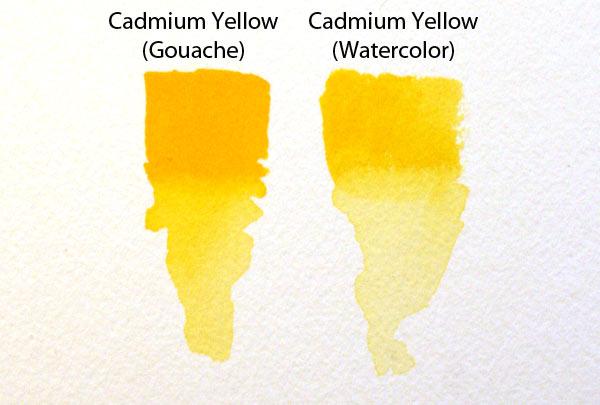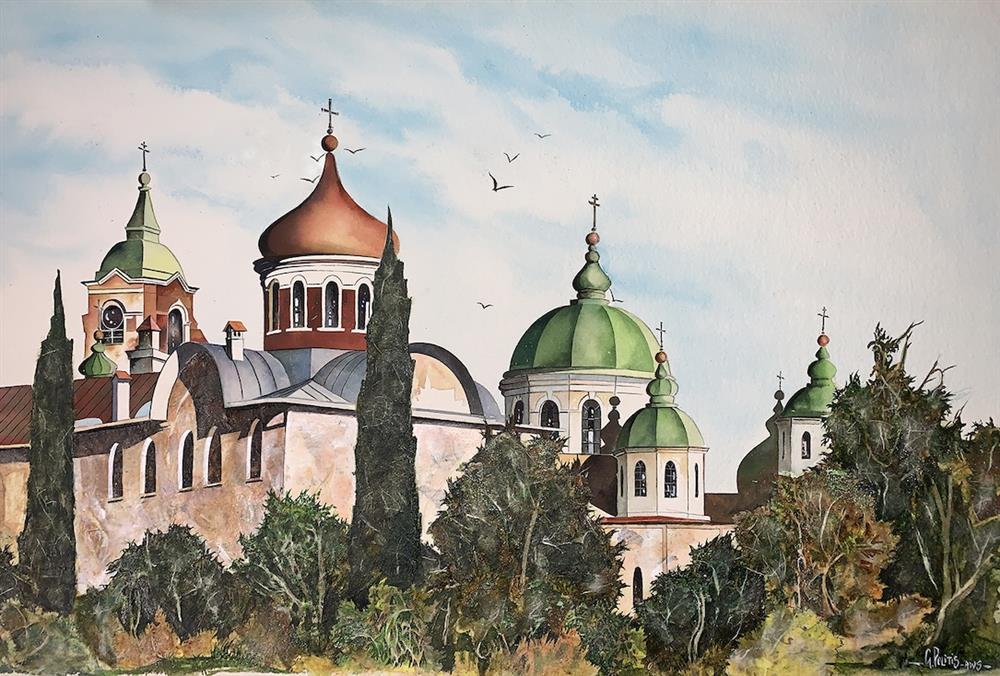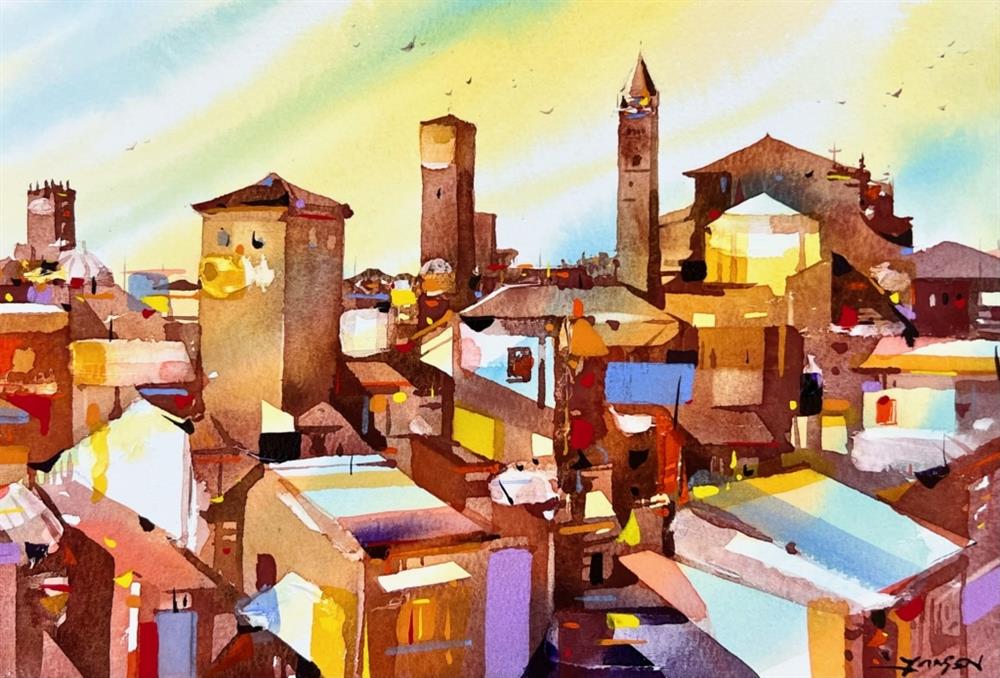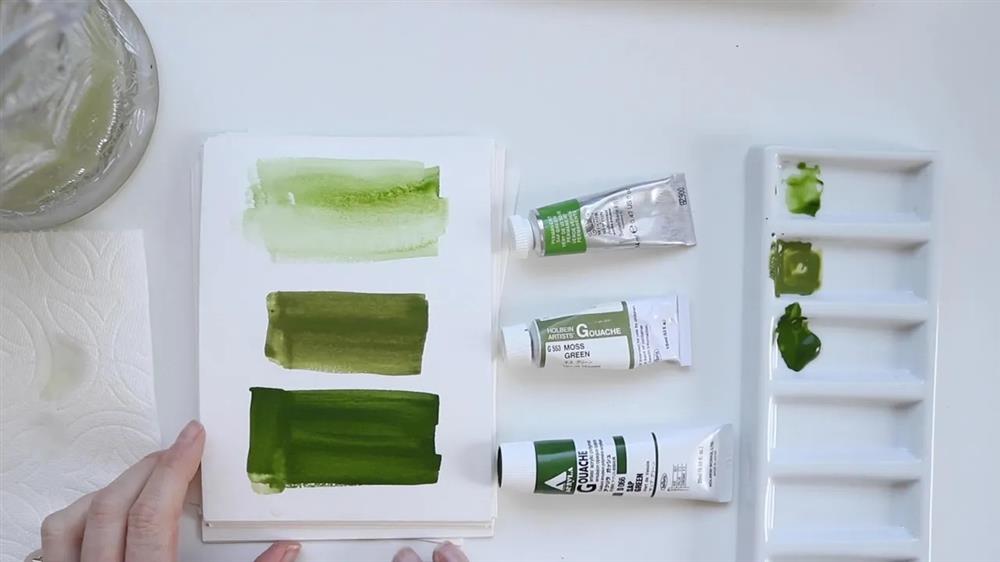We all have a fairly good understanding of what watercolor is, but when it comes to gouache, things are not so clear.
When asked to explain the difference, most artists simply say that watercolor is transparent, while gouache is opaque.
While this is generally true, it doesn't always fit in all cases. Some watercolors are more opaque, such as Chinese White or Naples Yellow, while many dark gouache colors tend to be quite transparent.
Essentially, the key difference between watercolor and gouache lies in how they are used!

For watercolors, the traditional approach uses the paper as a source of white, with color applied in thin layers. This technique allows artists to achieve great intensity and depth using minimal paint. Often, artists choose cold-pressed or rough watercolor paper so that the uneven texture enhances the effect.

Nowadays, gouache has secured its place alongside watercolor, even among professional illustrators and designers! Since both types are water-based, they can be used together within the same artwork!
Moreover, white gouache can be mixed with any watercolor color to give it a "milky" appearance and texture, creating unique highlights. It can also produce "thicker" brushstrokes and add texture to your creation.
Because gouache reactivates quickly with water, layers tend to blend, and the darker colors from lower layers may show through the lighter colors on top. However, gouache allows us to "cover" lower layers, even with lighter colors—something traditional watercolors cannot do.

Innovation comes with acrylic gouache, which combines the characteristics of watercolor gouache with the unique properties of acrylic paint. Acrylic gouache, in fact, is a very matte acrylic paint. Its opaque nature provides excellent coverage, while the acrylic medium it contains makes it waterproof once dry. This allows you to apply additional layers without the risk of the color "running" or creating unintended mixes. It offers a velvety, matte finish and, like traditional acrylics, is suitable for almost any porous surface such as paper, wood, canvas, and more.

Most artists use a hybrid approach, combining both transparent and opaque techniques, and using either white paper or white paint. They blend subtle watercolor touches with significant opaque layers of gouache.
Both types of paints are ideal for travel art and for artists working in small places. Using them together offers a range of colors and effects, allowing you to create stunning works with a compact kit that you can easily take anywhere!
So don’t be afraid to experiment—after all, creating is a celebration!









